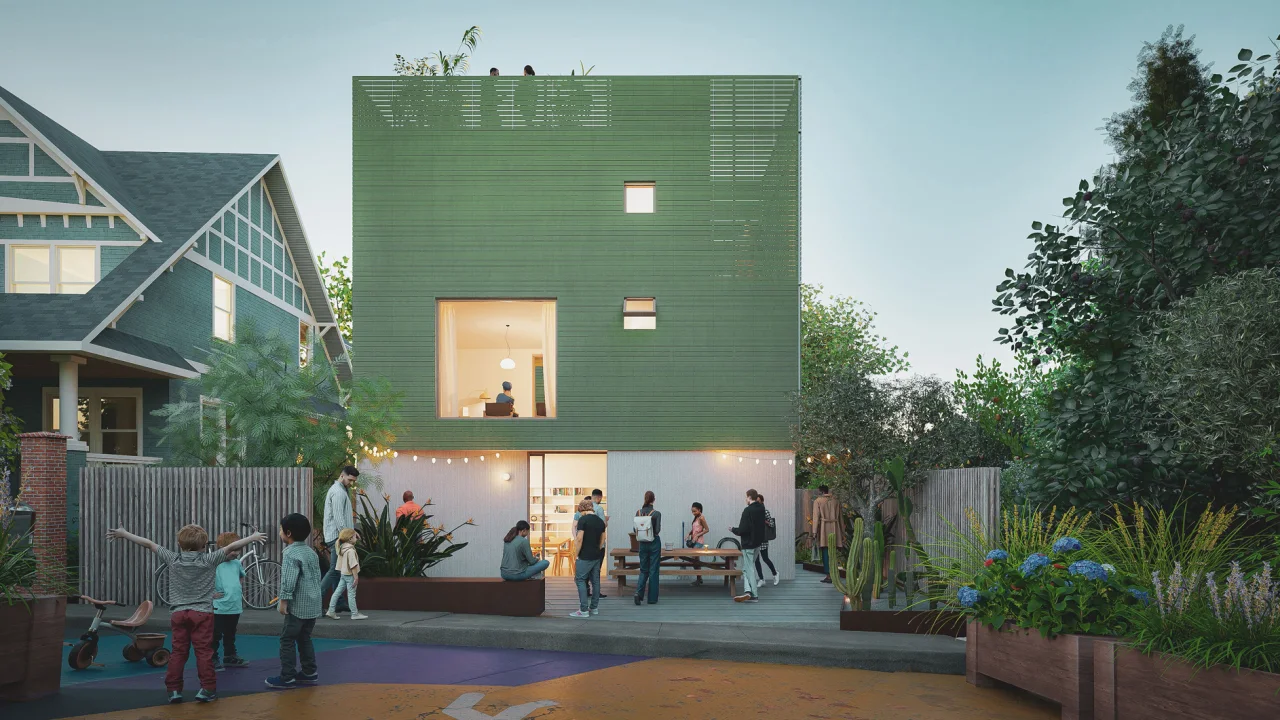How to Become a Successful Motion Graphics Designer in 2025
This article provides a comprehensive guide on how to become a successful Motion Graphics Designer in 2025. It covers the essential tools and software, key design principles, portfolio development, industry trends, and networking strategies. Whether you're a beginner or a professional looking to pivot, it outlines actionable steps to build a rewarding and future-proof career in motion graphics.

In the ever-evolving world of digital content, the role of a Motion Graphics Designer has become more important than ever. As brands, entertainment platforms, and social media channels compete for attention, motion graphics stand out as a dynamic medium to captivate audiences. Whether you're an aspiring designer or a creative professional looking to pivot into motion graphics, 2025 presents unique opportunities and challenges. This article explores how to become a successful Motion Graphics Designer in 2025, from acquiring the right skills to staying ahead of industry trends.
1. Understand What a Motion Graphics Designer Does
Before diving into the technicalities, it's important to fully understand the scope of the profession. A Motion Graphics Designer creates animated visual content that combines elements such as text, images, video, and audio. This could include anything from explainer videos and social media animations to broadcast graphics and UI animations.
Unlike traditional animators who focus on character movement, motion graphics designers emphasize movement in abstract forms and typography. In 2025, the demand for motion design is expanding beyond entertainment—into advertising, UX/UI, corporate presentations, virtual reality (VR), and augmented reality (AR).
2. Master the Essential Tools and Software
A successful Motion Graphics Designer must be fluent in industry-standard software. As of 2025, the core tools include:
-
Adobe After Effects: The cornerstone of motion design, After Effects is essential for compositing, animation, and effects.
-
Adobe Illustrator & Photoshop: For creating and editing the visual elements used in animations.
-
Cinema 4D: A popular tool for 3D motion graphics, especially when integrated with After Effects.
-
Blender: A free, open-source alternative for 3D modeling and animation that's growing in popularity.
-
Figma or Adobe XD: For those working closely with UX/UI design, knowing interface design tools is a bonus.
Familiarity with plugin suites like Red Giant, Video Copilot's Element 3D, and Boris FX can also give you a competitive edge.
3. Learn the Fundamentals of Design and Animation
Even the best software can't save poorly designed motion graphics. A strong foundation in design principles is critical:
-
Typography: Understanding how type moves and behaves is crucial in motion design.
-
Color Theory: Effective use of color helps convey emotion and hierarchy.
-
Composition and Layout: A good eye for spacing, alignment, and balance ensures visual clarity.
-
Timing and Spacing: These are fundamental principles of animation that give your work rhythm and fluidity.
You don’t necessarily need a formal degree, but online courses from platforms like School of Motion, Motion Design School, and LinkedIn Learning can provide a solid foundation.
4. Build a Strong Portfolio
Your portfolio is your ticket to job opportunities and freelance clients. It should showcase a variety of projects that highlight your range and skill. Here are a few tips:
-
Include Case Studies: Explain your design process, problem-solving approach, and the tools you used.
-
Keep it Updated: Replace older work with newer, more polished projects as you grow.
-
Customize for Clients or Employers: Tailor your reel and portfolio depending on the audience.
In 2025, interactive portfolios—using Webflow, Framer, or even custom-coded sites—are a great way to demonstrate both creativity and technical savvy.
5. Stay Updated on Trends and Technology
The motion graphics field is highly dynamic. AI tools, real-time rendering engines, and cross-platform design have significantly altered workflows.
Trends to watch in 2025:
-
AI-Assisted Design: Tools like Adobe Firefly or Runway ML can generate assets or even assist in animating scenes.
-
Real-Time Rendering: Using Unreal Engine for motion graphics is becoming increasingly popular.
-
2D/3D Hybrid Animation: Combining flat and dimensional styles for a modern look.
-
AR/VR Integration: Designing motion for immersive environments is an emerging frontier.
Staying informed through communities like Motionographer, Behance, Dribbble, and YouTube channels can keep you in the loop.
6. Develop a Unique Style
As a Motion Graphics Designer, developing a recognizable style can help you stand out in a competitive field. Whether your aesthetic leans toward minimalism, bold color palettes, or a retro-futuristic vibe, consistency builds brand identity.
However, versatility is just as important. While having a signature look is great for freelance branding, employers often seek designers who can adapt to various styles and client needs.
7. Network and Collaborate
Networking remains one of the most effective ways to grow in the creative industry. In 2025, you can connect both online and offline:
-
Social Media: Platforms like Instagram, TikTok, and LinkedIn are powerful for showcasing work and engaging with the design community.
-
Online Communities: Join Discord groups, Slack channels, or Reddit threads dedicated to motion design.
-
Collaborate on Projects: Teaming up with illustrators, musicians, or other designers helps expand your skill set and visibility.
Consider attending motion design conferences such as OFFF, Blend Festival, or Adobe MAX for inspiration and connection.
8. Freelancing vs. Full-Time: Choose Your Path
You can thrive as a Motion Graphics Designer whether you work in-house, with an agency, or as a freelancer. Each path has its pros and cons:
-
Freelance: Offers flexibility, diverse projects, and control over rates—but demands strong business skills.
-
In-House/Agency: Provides stability, mentorship, and consistent work—but may be less creatively diverse.
In 2025, many motion designers operate as hybrids—maintaining a full-time job while taking on freelance gigs.
9. Embrace Feedback and Keep Learning
Finally, a willingness to receive and apply feedback is crucial. Whether it’s from clients, peers, or mentors, constructive criticism will help you refine your craft.
The design industry is not static. New tools and trends will always emerge. Stay humble, curious, and open to change. Continuing education—whether formal or self-taught—ensures longevity in your career.
Conclusion
Becoming a successful Motion Graphics Designer in 2025 is a journey that combines artistic talent, technical skill, and adaptability. The digital world is moving fast, and motion graphics are at the forefront of how we communicate visually. By mastering the fundamentals, keeping up with trends, and consistently producing excellent work, you can thrive in this exciting and rewarding field.
Whether you're just starting or looking to level up your existing skills, now is the perfect time to dive into motion graphics. The tools are more accessible than ever, the demand is high, and the creative possibilities are endless.





!['Original White Collar Displacements': Mark Cuban Compares AI Taking Jobs to When There Was '2 [Million] Secretaries'](https://assets.entrepreneur.com/content/3x2/2000/1748533353-Mark-Cuban-2204471092.jpg?#)



















































































































































